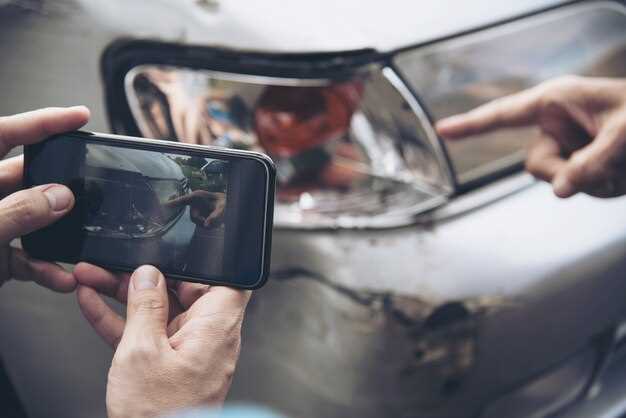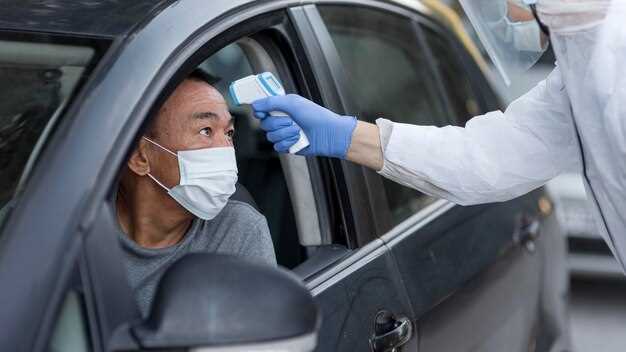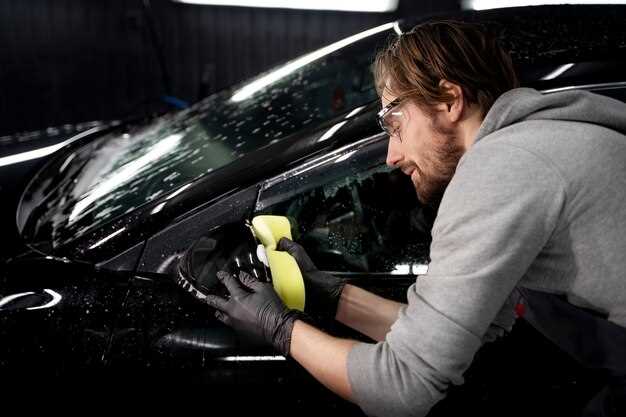
Windshield damage is a common issue faced by vehicle owners, often caused by road debris, severe weather, or accidental impacts. When it occurs, it is essential to address the problem promptly to ensure safety and maintain the integrity of the vehicle. This raises the question: what can you expect to pay for windshield repair services?
The cost of windshield repair can vary significantly based on several factors, including the extent of the damage, the make and model of the vehicle, and the geographical location of the service. Understanding these variables can help you make informed decisions and potentially save money when seeking repairs.
The average cost for windshield repair typically ranges from $50 to $150. Minor chips and cracks can often be repaired for about $50 to $75, while larger damage might push the price closer to $100 or more. Insurance coverage can also play a significant role in controlling out-of-pocket expenses, as many policies cover windshield repairs at no cost to the policyholder.
Factors Influencing Windshield Repair Costs

The cost of windshield repair services can vary significantly based on several key factors. Understanding these elements can help vehicle owners anticipate expenses and make informed decisions regarding repairs.
1. Size and Location of the Damage: The extent of the damage plays a crucial role in determining repair costs. Small chips or cracks, typically less than six inches, can often be repaired at a lower price point. However, larger cracks or damages located near the edges of the windshield may require a complete replacement instead, leading to higher expenses.
2. Type of Vehicle: The make and model of the vehicle also influence repair costs. Luxury or high-end vehicles often utilize specialized glass that can be more expensive to replace or repair. Additionally, some vehicles may have advanced technologies, such as sensor systems embedded in the windshield, which complicate the repair process and increase costs.
3. Repair Method: The technique employed to repair the windshield can vary in complexity and expense. For instance, traditional repair methods may be less costly compared to advanced methods, such as resin injection or techniques that involve removing the windshield and reinstalling it. Each method has distinct pricing structures based on the labor and materials required.
4. Geographic Location: The region where the repair service is sought can greatly affect costs. Urban areas with a higher cost of living may have higher labor rates compared to rural locations. Local market competition can also influence prices, as increased competition may lead to lower rates for consumers.
5. Service Provider: The reputation and experience of the repair service provider can impact costs. Established companies with a strong track record may charge more for their services, but they often provide guarantees and higher-quality workmanship. Conversely, less experienced or newly established providers might offer lower prices but may lack the same reliability or quality standards.
6. Insurance Coverage: The type of auto insurance policy in place can significantly affect out-of-pocket costs. Some policies cover windshield repairs fully, while others may require a deductible be paid. Understanding the specifics of one’s insurance coverage can help in estimating the final repair costs.
By considering these factors, vehicle owners can better navigate the windshield repair landscape, resulting in more informed choices and potentially cost-effective solutions.
Common Price Ranges for Various Types of Repairs

When it comes to windshield repair services, prices can vary significantly based on the type of damage and the required repair method. Understanding the common price ranges can help vehicle owners prepare for the potential costs involved.
Minor chips and cracks, typically less than six inches in length, usually range from $50 to $150. This price often includes an inspection and resin injection to fill the damage. Most repair shops recommend addressing these small issues promptly to avoid them spreading and necessitating more extensive repairs.
For medium-sized cracks, usually between six and twelve inches long, costs typically range from $150 to $300. This type of damage often requires more advanced techniques, including multiple resin injections and curing processes, contributing to the higher price.
Extensive damage, including large cracks or shattered windshields, can lead to a full replacement that ranges from $300 to $1,000. Factors influencing this price include the make and model of the vehicle, the type of glass used, and whether additional features like heating elements or soundproofing are involved.
In some cases, insurance might cover part or all of the repair costs, especially if the damage qualifies under specific policies. It’s advisable for vehicle owners to consult their insurance provider to understand their coverage options and potential out-of-pocket expenses.
In conclusion, knowing the common price ranges for different types of windshield repairs can empower drivers to make informed decisions and maintain the safety and integrity of their vehicles.
How to Identify When to Repair or Replace Your Windshield
Determining whether to repair or replace a windshield depends on several factors, primarily the size, type, and location of the damage. If you notice a chip or crack, it’s important to assess its characteristics before making a decision.
For small chips and cracks, typically less than six inches in length, repair is often possible. The location matters as well; damage outside the driver’s line of sight is usually easier to repair. Ensure the damage is not situated at the edge of the windshield, as repairs in these areas are less effective and more prone to failure.
If there are multiple cracks or if the damage exceeds the size of a dollar bill, replacement is generally necessary. A compromised windshield can affect vehicle integrity and safety, making replacement the safer option. Additionally, if a crack runs deeper than the outer layer of glass, it may compromise the glass’s structural integrity, further warranting a full replacement.
Consider the age of your windshield, as older glass may already be weakened. If the windshield has undergone prior repairs, it might be more sensible to replace it rather than risk another repair that may not hold. Always consult with a professional technician who can perform a thorough inspection and provide recommendations based on the specific circumstances of your windshield damage.
Ultimately, prioritizing your safety and visibility is paramount. If there is any doubt about the integrity of your windshield, opting for a replacement can provide peace of mind and ensure your vehicle remains safe on the road.

